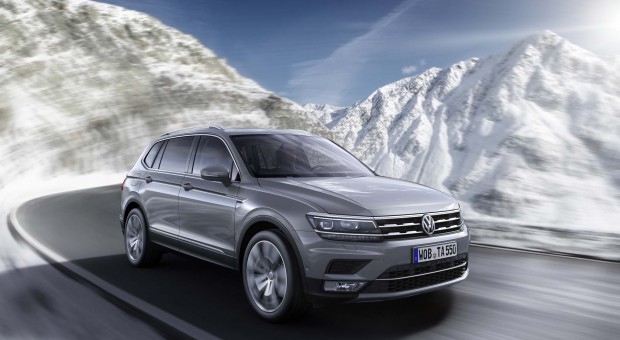
In the rapidly evolving landscape of transportation, the advent of autonomous vehicles is poised to revolutionize how we move from point A to point B. This article delves into the exciting realm of self-driving cars, exploring the technologies driving this transformation, the implications for the automotive industry, and the potential impact on our daily lives.
1. Autonomous Driving Technologies: From Sci-Fi to Reality
Sensor Fusion and Perception:
Autonomous vehicles rely on a sophisticated array of sensors, including cameras, radar, lidar, and ultrasonic sensors, to perceive and interpret their surroundings. Sensor fusion technology combines data from these sensors, providing a comprehensive view of the vehicle’s environment and enabling it to make real-time decisions.
Machine Learning and Artificial Intelligence:
The brains behind autonomous driving lie in advanced machine learning algorithms and artificial intelligence (AI). These technologies enable vehicles to continuously learn from their experiences, adapt to changing conditions, and improve decision-making over time. The result is a level of adaptability and responsiveness that traditional vehicles can’t match.
2. The Autonomous Vehicle Ecosystem: Industry Players and Collaborations
Automakers’ Pursuit of Autonomy:
Major automakers are investing heavily in autonomous vehicle research and development. Companies like Tesla, Waymo, and General Motors are at the forefront, deploying semi-autonomous features and testing fully autonomous prototypes. The race to achieve higher levels of autonomy has led to a wave of innovation and collaboration across the industry.
Tech Titans and Startups:
Beyond traditional automakers, tech giants like Google’s Waymo and startups such as Aurora and Zoox are making significant strides in autonomous technology. These players bring fresh perspectives and innovative approaches, contributing to a diverse and competitive landscape that accelerates the pace of autonomous development.
3. Regulatory Challenges and Ethical Considerations
Navigating the Regulatory Landscape:
The widespread adoption of autonomous vehicles faces regulatory challenges, with governments worldwide working to establish frameworks for testing and deployment. Striking the right balance between innovation and ensuring safety remains a key focus, as authorities grapple with defining standards and regulations for this transformative technology.
Ethical Dilemmas in Autonomous Decision-Making:
Autonomous vehicles are programmed to make split-second decisions based on predefined algorithms. This raises ethical questions about how these decisions are made in critical situations. Issues like prioritizing passenger safety versus pedestrian safety and addressing moral dilemmas present complex challenges that require careful consideration.
4. The Future of Mobility: Beyond the Driver’s Seat
Impact on Transportation Services:
Autonomous vehicles are expected to redefine transportation services. Ride-hailing companies envision fleets of self-driving cars providing on-demand mobility, potentially reshaping the way people commute and access transportation services. The shift toward autonomous ride-sharing has the potential to reduce traffic congestion and enhance overall urban mobility.
Accessibility and Inclusivity:
The promise of autonomous vehicles extends beyond convenience. For individuals with mobility challenges or those unable to drive, self-driving cars hold the potential to increase accessibility and inclusivity. The freedom to travel independently could significantly enhance the quality of life for various segments of the population.
Conclusion:
As autonomous vehicles continue to transition from concept to reality, the automotive landscape stands on the brink of a transformative era. From cutting-edge technologies and industry collaborations to regulatory challenges and ethical considerations, the rise of autonomous vehicles opens up a world of possibilities and raises thought-provoking questions about the future of mobility. As we navigate this uncharted territory, one thing is certain: the journey toward autonomous driving is steering us toward a new era of transportation innovation
















